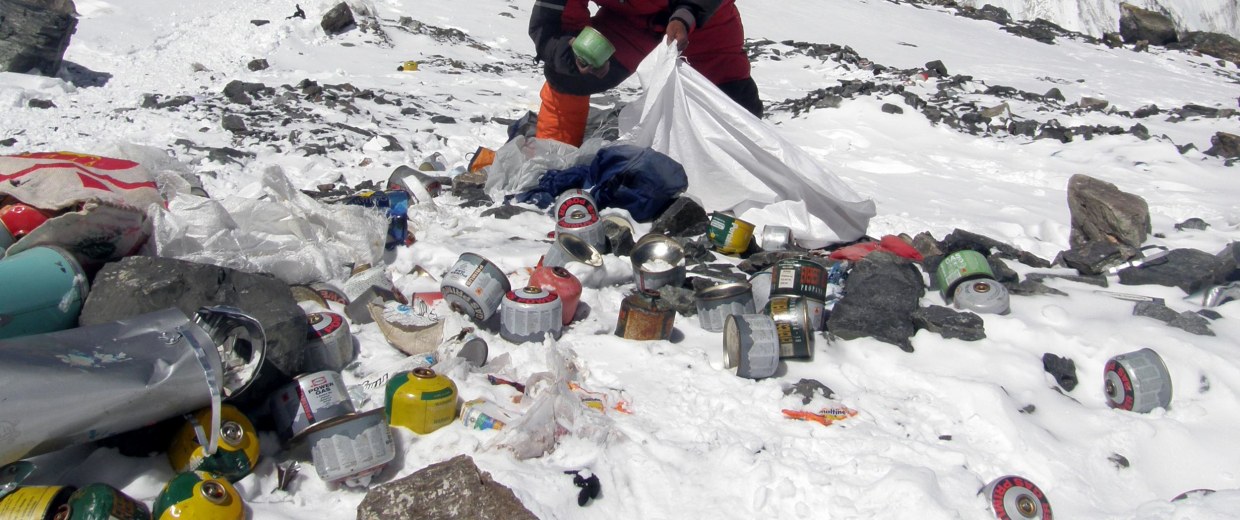The move by China,
which will not affect climbers with permits, comes in the face of rising
visitor numbers. Latest figures show that more than 40,000 people travelled to
the site in 2015. Unlike the Nepalese camp, which can only be reached on foot
after a trek of nearly two weeks, the Chinese base at 5,200m (17,060ft) is
popular as it can be accessed by car.



Tang Wu of the
tourism commission told Chinese media:
“The key area (of the reserve) will be closed for tourism for an indefinite period, mainly for ecological conservation.”
The ban means
tourists are only allowed to go as far as a monastery a short distance below
the camp. Refuse being left has been a growing problem on the world's highest
peak, with the temperature and high altitude hampering clean-up efforts.
Comments
Post a Comment